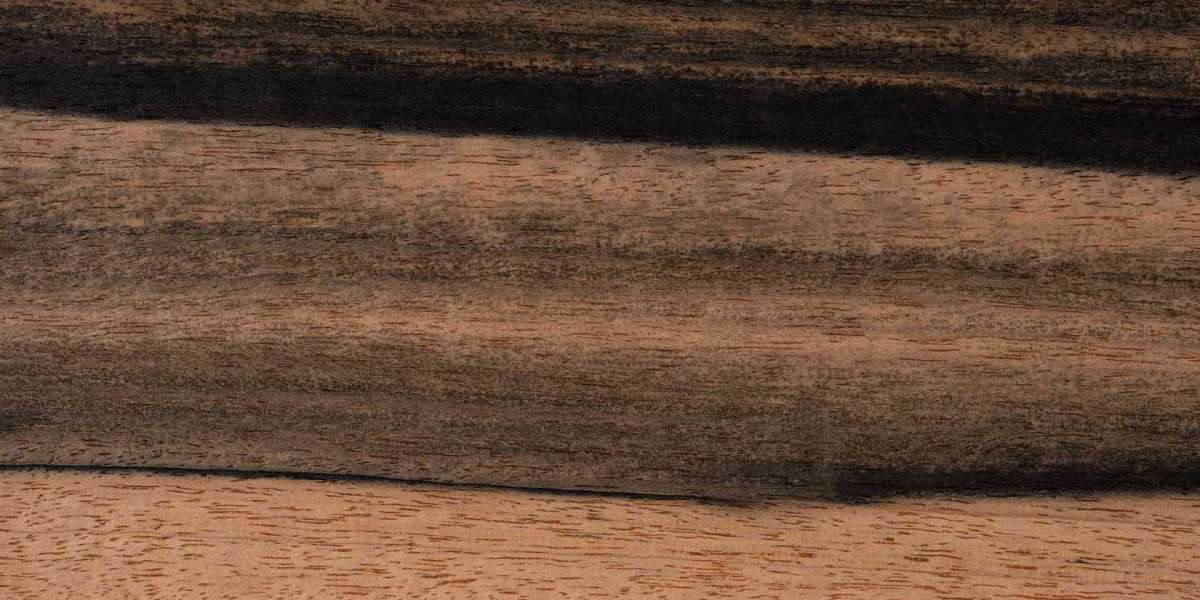The Argument for and Against Veneers and Laminates
The choice of material is critical when building rooms or making furniture. A lot of the time, this argument is about natural veneers and laminates. Premium natural veneers have a classic look that will never go out of style, while laminates are more valuable. It's not just about how something looks; it's also about quality, durability, and long-term worth. As picky buyers become more interested in real things, natural woods become more popular.
Learn About Laminates and Natural Veneers
Natural veneers are thin slices of real wood that are carefully made to show off wood's natural beauty, grain, and texture. They are stuck to a base, creating beautiful and long-lasting surfaces.
On the other hand, laminates are artificial items made up of layers of plastic resins, paper, or melamine that are pressed together to look like wood or different textures.
Veneers come from natural sources, but laminates are made by copying natural materials in a factory. This fundamental difference sets them apart and determines how well they work in different situations.
Aesthetics: The Benefit of Being Natural
Natural veneers are more beautiful than laminates because they are made of real wood. The grain patterns and other differences in each wood sheet tell the story of the tree it came from. This natural beauty makes places feel warm and classy.
Even though printing technology has improved, laminates still don't always match the depth and realness of real wood. Even though their regularity is helpful, it doesn't have the soul that veneers easily give off.
Durability: More Than Just Surface Strength
Not only are high-end natural woods beautiful, but they are also strong. If you finish and care for veneers correctly, they can last for decades and still look stunning. As they age, they get a sheen that gives them character.
Even though laminates don't scratch or smear easily, they often break down after much use. They may chip, peel, or change colour over time, showing that they are fake. Because they are made of real wood veneers last longer than laminates almost always do.
Effects on the Environment
Sustainability is becoming more and more important in the designs we make today. When appropriately sourced, natural veneers are much better for the environment. Many companies now follow standards like FSC, which ensure that the wood is cut down in a way that doesn't harm the environment.
Laminates, on the other hand, are made from gasoline. Their manufacturing process uses a lot of energy and wastes a lot more. When laminates are thrown away, they add to non-biodegradable trash in landfills, which makes them much less eco-friendly.
Ability to customize and be unique
With natural veneers, you can make a lot of changes. Theyey can be stained, polished, or inla to make unique patternsid. Because they can be used in many ways, they are the perfect material for high-end furniture and interiors.
Laminates, on the other hand, have limits because they are mass-produced. The patterns are repeated, and they don't have any uniqueness that makes veneers stand out. Veneers are still the best option for people who want to stand out.
Touch and Feel
Natural wood can't be replaced when it comes to how it feels. Veneers have the warmth and character of real wood, which makes rooms more appealing to the senses. When you run your fingers over a veneered surface, it feels natural, solid, and elegant.
Laminates, on the other hand, feel fake. Even laminates with different textures can't match real wood's soft feel, making people think that the materials aren't natural.
Possible uses and adaptability
Veneers work great for high-end projects like making cabinets and furniture that make a statement. Many designers and builders like them because they can fit into complicated designs.
Laminates are helpful for projects that don't need to be expensive, but they can't be used in many different ways for high-end designs. Most of the time, they are only used on practical surfaces where cost is more important than style.
Value vs. Cost
At first glance, laminates are a better deal than real veneers. When you think about long-term value, though, the story changes. Because they last longer and look better over time, veneers give you a better return on your investment. They make places look more valuable, making them worth every penny.
Laminates are cheaper at first, but they usually need to be replaced or fixed over time, which raises the total cost. Modern Veneers are the better financial choice when considering how long they will last.
Upkeep and a Long Life
It takes careful attention to detail to take care of natural veneers. Veneers can look brand new for decades if they are dusted often, kept dry, and refinished every so often.
Even though laminates are low-maintenance, they can't be fixed if they get harmed. If the surface gets scratches, chips, or peels, you must replace it all. Thanks to the fact that they can be fixed, veneers last longer than laminates.
The amount of Luxury
When you think of luxury, you think of natural woods. Because they are made from natural materials and were made with skill, they are a sign of sophistication. High-end homes, offices, and furniture makers love veneers because they look so elegant.
Laminates are helpful, but they are more about purpose than style. You can use them instead of veneers to save money, but veneers are more expensive and exclusive.
Picking Quality Over Giving In
The veneers always win the fight between premium natural veneers and laminates. They look like real wood and are very durable and attractive at the same time. Laminates can be helpful for projects that need to stay within a budget, but veneers make rooms look better with their classic beauty and long-lasting durability.
Choosing veneers is not just a matter of style; it's a promise of quality, durability, and responsible artistry. Premium natural veneers are still the best choice for people who value sincerity over compromise.














